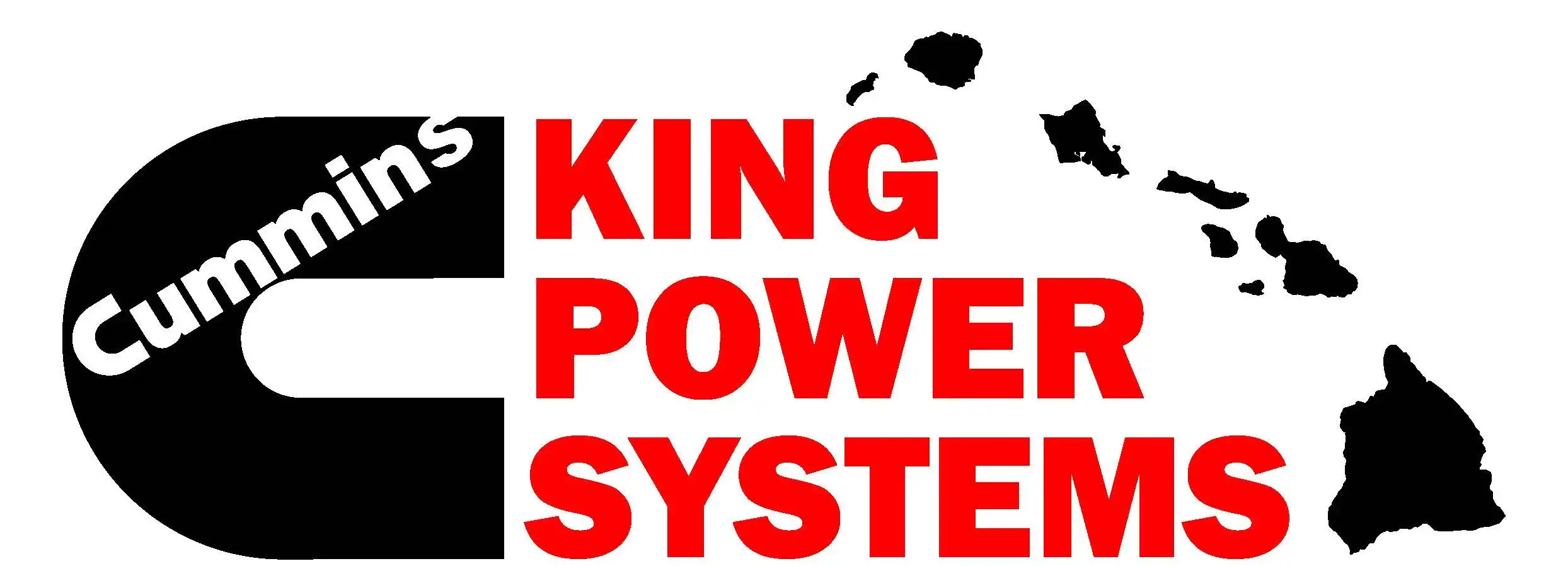Tourism Industry Strategic Plan Goes into Effect
The Mayor’s Office of Economic Development in partnership with the Maui Visitors Bureau announced that the new 10-year Tourism Industry Strategic Plan 2017-2026 is moving into its implementation phase.
The TISP was developed last November as an action plan that would accomplish specific goals for Maui and its tourism industry in the next decade.
The plan is stated to seek a healthy tourism economy that must be beneficial to local residents; offer authentic cultural experiences and honor Maui’s indigenous Hawaiʻi culture; protect and maintain a pristine marine and land environment; requires Maui infrastructure to be adequate and in good condition; and assures that Maui visitors receive excellent service while immersed in the aloha spirit.
“Tourism remains our County’s number one industry,” said Mayor Alan Arakawa. “As we implement this plan over the next ten years, it will be critical to balance visitor impacts with the needs of our residents.”
The plan’s implementation is supervised by stakeholders who have a responsibility to carry it out and report on its progress.
“Recently, OED and MVB have embarked on forming community partnerships that will move the industry in closer alignment with these goals,” said MVB Executive Director Sherry Duong. “We are committed to being held accountable to the plan’s action items.”
The plan addresses four major pillars: Community, Culture, Environment, and Visitors.
Here is an overview of the plan’s stated goals:
Environmental Awareness
In partnership with Maui Nui Marine Resource Council, a series of environmental messaging initiatives will begin this fall. Through a grant from OED provided in the FY2019 Maui County budget, the MNMRC will design four kiosks at the Kahului Airport that will educate visitors about the marine environment.
In addition, MNMRC will create a year-round speaker’s series open to both residents and visitors that will focus on oceans, water quality, marine life, and other pertinent topics. MNMRC will also spearhead a program to promote reef-safe sunscreen to visitors and educate the community about reef health.
Exposure to Authentic Hawaiian Culture:
In partnership with Maui’s small towns which host the Friday Town Parties, MVB will provide funds to hire Maui Nui entertainers, musicians and artists to perform Hawaiian music, dance, storytelling, and/or other cultural activities.
MVB will also be hiring Maui Nui halau and musicians to accompany MVB on several consumer travel trade shows. In addition, MVB will be assisting the locally produced movie Kuleana with its re-branding and marketing for mainland theater distribution.
Visitor Safety:
Ocean and hiking safety are among the primary areas where visitors need to understand the challenges and dangers. MVB will be producing two visitor industry safety seminars over the next year and will continue to partner on spreading visitor safety messaging on social media, at airports, at beach parks, and on hiking trails. Safety signage will be upgraded or added as needs are identified.
MVB currently has an ocean safety message displayed at the digital monitor located above each
baggage claim carousel at the Kahului Airport.
Illegal Vacation Rentals:
“Airbnb and VRBO have been game changers in visitor accommodations booking. Visitors are finding their way into every neighborhood within the county,” said OED Director Teena Rasmussen. “Residents have expressed frustration over additional noise from partying, congestion, and the take-over of workforce housing.”
OED and MVB have consulted with the Maui County Planning Department to develop visitor messaging to discourage booking illegal vacation rentals.
The focus will be to encourage visitors to ask if the TVRs are legal and will refer them to the county website where they can find listings for legal accommodations on the island. Once appropriate messaging is developed, MVB will purchase advertising on popular visitor sites to spread the message. “Illegal TVRs were discussed multiple times during the Council budget process this year,” said Duong. “The Council earmarked funding to help create this messaging.”
Finding a Sustainable Balance:
Research compiled by Hawaii Tourism Authority shows that in general, residents know the visitor industry drives our economy and are supportive of it. But first and foremost, the state and counties need to ensure Hawaii remains a good place to live, that residents have adequate affordable housing, have a good quality of life and are able to enjoy nature and recreational opportunities.
With visitor arrivals expected to reach 2.9 million in Maui County in 2018, the challenge of finding a sustainable balance will require cooperation and collaboration among many public and private entities.
“The TISP calls for MVB and OED, along with other partners, to be at the front lines advocating for housing, infrastructure improvements, and additional recreational opportunities for residents,” said Rasmussen. “Only through working together will we be able to find a sustainable balance that is right for Maui.”










